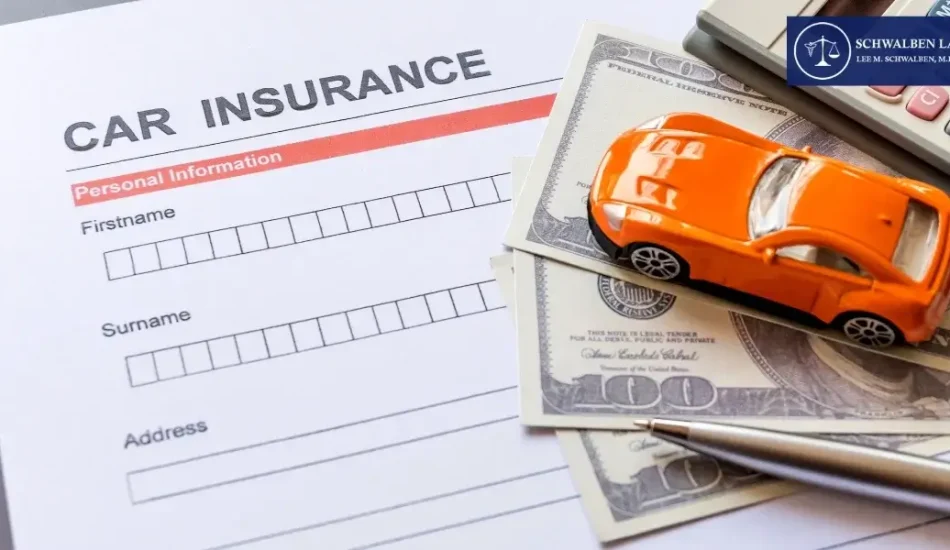Louisiana Car Accident Settlement Timeline and Process

When dealing with the fallout of a car accident, there’s no time to waste. Learning about the Louisiana car accident settlement timeline and process is important for standing up to insurance companies. Learn how to take control of your case and fight for the compensation you deserve by working with a car accident attorney.
The Steps in the Settlement Process
The car accident settlement process in Louisiana starts when the accident is reported. Prompt reporting is important because it informs the insurance company and creates the framework for the claim. Afterward, the claimant gathers necessary documentation like photos of the scene, medical records, and police reports. These materials include the evidence needed to support the claim.
Once documentation is complete, the insurance company reviews the evidence. Adjusters review the extent of property damage and injuries to determine liability and calculate compensation. Negotiations often follow, with claimants and insurers discussing a fair settlement. If both parties fail to agree, the process might escalate to litigation. Legal proceedings involve the court reviewing the evidence and issuing a final decision on compensation.
Factors That Affect the Settlement Timeline
The timeline for settling a car accident claim depends on several elements. The severity of injuries directly influences how long it takes to reach maximum medical improvement, which often determines the total damages. Disputes over fault or compensation amounts can also delay resolution, especially if multiple parties are involved or if liability is unclear.
Another key factor is the availability and quality of evidence. Thorough documentation of the accident scene, medical expenses, and lost wages can speed up the process. At the same time, missing or incomplete evidence might lead to delays as insurers find more information. Finally, the responsiveness of all parties, including the insurance company and attorneys, plays a serious role in the settlement timeline.
Filing a car accident claim in Louisiana involves meeting legal deadlines and following procedural rules. The state’s statute of limitations makes quick action important. Missing this deadline can result in the loss of the right to seek compensation.
Common Challenges and How to Overcome Them
There are some challenges that many people experience when it comes to receiving a settlement after a car accident, including:
- Lowball offers from insurance companies. Insurance adjusters often offer settlements that are far lower than what the case is worth. These offers are designed to save the insurer money by hoping claimants will accept quickly. Countering these offers requires presenting detailed evidence like medical records, repair estimates, and proof of lost wages. Claimants should avoid accepting offers before reviewing them with an attorney.
- Incomplete evidence. Missing important documents like police reports, photos of the accident scene, or medical records can severely weaken a claim. Insurance companies might delay the process until additional evidence is provided or deny the claim outright. To avoid this, accident victims should prioritize gathering all relevant documents as soon as possible after the accident.
- Disputes over fault. Fault disputes often arise when both parties provide conflicting accounts of the accident. This can prolong the settlement timeline and lower the chances of a favorable resolution. Using accident footage, professional analysis, or witness statements can clarify the events and strengthen the claimant’s position. An attorney can help handle comparative fault cases to reduce the claimant’s amount of fault.
- Delays in medical treatment. Waiting to seek medical attention after an accident can create skepticism about the severity or cause of injuries. Insurance companies often use treatment delays to argue that the injuries were unrelated to the accident. Getting early medical care not only supports recovery but also provides clear documentation of injury severity and treatment costs.
Without professional guidance, filing a car accident claim can lead to mistakes, such as missing the statute of limitations or submitting incomplete paperwork. These errors can jeopardize the entire case. Working with an attorney can help make sure that all procedures are followed correctly and on time.
FAQs
Q: What Are the Steps Involved in a Car Accident Settlement in Louisiana?
A: The steps involved in a car accident settlement in Louisiana vary based on the situation, but there are usually several clear steps. First, the accident is reported to the insurance company so that the claim can be started. Evidence is then gathered, including police reports, photos, and witness statements. Medical records and repair estimates also play a role in determining the claim’s value. Negotiations follow, and the case might proceed to litigation if they are unsuccessful.
Q: What Factors Can Influence the Timeline of a Car Accident Settlement?
A: The factors that influence the timeline of a car accident settlement include how severe the injury is. This dictates how long medical treatment lasts, delaying the resolution of the case. Conflicts over fault or the amount of compensation can extend the negotiation process. Insurance companies can also lengthen the process by conducting thorough investigations. The availability of evidence can either speed up or slow down the timeline.
Q: How Do Insurance Companies Evaluate Car Accident Claims in Louisiana?
A: Insurance companies review car accident claims in Louisiana by reviewing various elements. They assess fault using evidence like accident reports and witness statements. The extent of property damage and medical expenses are also important in calculating the settlement value. Insurers also review prior medical conditions so that only accident-related injuries are included in the settlement. Finally, they review whether the victim followed medical advice.
Q: Can You Still File a Claim if You Were Partially at Fault for the Accident?
A: You can still file a claim if you were partially at fault for the accident. Louisiana follows comparative fault guidelines, so the settlement amount is reduced based on a person’s percentage of fault. For instance, if a driver is 30% responsible, they may only recover 70% of the total damages. This system allows accident victims to recover compensation that matches their level of fault while still holding negligent parties accountable.
Help Is Just a Call Away
Whether you’re going through insurance negotiations or taking legal action, reviewing the car accident settlement process can lead to a better outcome. Informing yourself can help you reach a resolution that aligns with your needs and rights. Schedule a consultation with Lee M. Schwalben, M.D., J.D., LLC, for an attorney who can stand up for you and your case.


